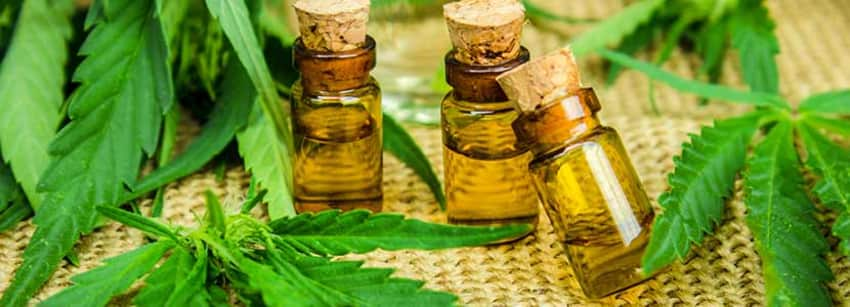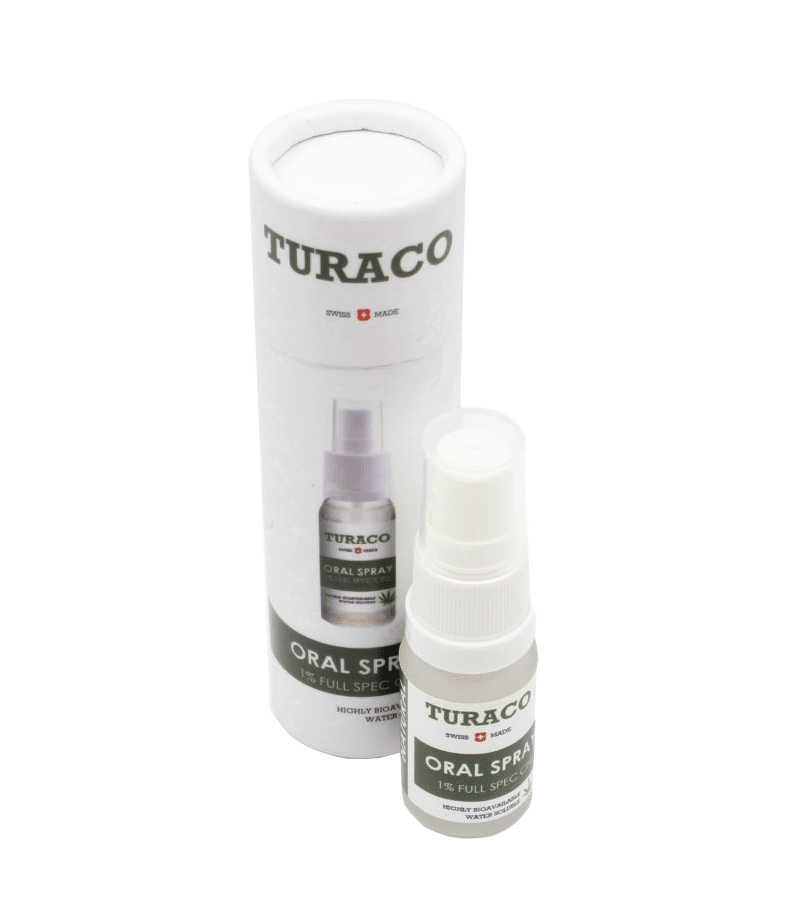
Softgels can be described as an oral dosage. It is composed of a gelatin-based outer shell and a liquid inside. These capsules are made of a mixture of gelatin, water and glycerin. Softgels, unlike pills can be taken with or without food.
Gelatin
Softgels are a special type of oral capsule containing a gelatin-based shell and liquid fill. They are made with gelatin, water glycerin and sorbitol. They also contain gelatin and an opacifier, as well as other ingredients. They are used widely to deliver a variety medications. Softgels are rich in vitamins and other compounds such as vitamins A, C, zinc and sulphur.
Softgel gelatin capsules offer several advantages over other oral dosage forms. Because it is lubricating, it makes it easier to absorb drugs into the body, especially those that are not well-absorbed. Softgels are also useful for low-dose medication delivery. It reduces dust generation during manufacturing. However, softgel form can have its problems.

Water
Softgels contain small water-filled tablets. Their outer shell is made up of a gelatin/potato starch matrix. This matrix contains an encapsulant, plasticizer, and water, and the filling wedge sits in between these pockets. Rotary Die Encapsulation is the process used to make softgels.
The gelatine shell of a soft gel cannot contain all the ingredients that a tablet should contain. Some substances cannot be encapsulated in a soft gel due to their solubility in water. You can also add sodium lauryl sulfurate or alginates to the gelatin to increase the water penetration.
Plasticiser
Softgels can be used as an oral medication dosage form. They are composed of a gelatin-based capsule and a liquid filled. These capsules are often filled with water and other ingredients, such as glycerin, sorbitol, and opacifier. The use of plasticisers will ensure that the ingredients are mixed uniformly, giving rise to capsules that have better stability.
Many softgels can be found in pure vegetarian and vegetarian versions. The former type is made of Hydroxypropyl Methyl Cellulose, which is extracted from raw cotton, wood pulp, and seaweed. Softgels are made with HPMC because of its better resistance to environmental changes. The fill is made up of the formula. The polymer is a suspending agents that keeps the fill in solution. Polyethylene glycols and lecithin are also used as emulsifiers for the raw ingredients.

Opacifier
Softgels, a type oral dosage form, consist of a gelatine-based shell that surrounds a liquid filled. The shell is composed gelatin, water, an opacifier and glycerin. They work together to protect contents from light damage. The demand for softgels has increased due to increasing numbers of chronic diseases and heart problems.
Water is the primary solvent for the production of soft gel capsules. It also forms the essential outer shell. Water accounts for between thirty and forty percent in the total wet gel formulation. Water is used in several ways to improve product quality. Opacifiers are used to protect the soft capsule from light damage and prolong shelf life. Flavoring agents mask the flavor.
FAQ
Where can you buy CBD products
CBD can be purchased online or in local shops. Online retailers tend to offer better deals. Many websites will sell CBD products that contain industrial hemp. It contains less than 0.3% of THC.
If you prefer shopping locally, consider brick-and mortar businesses that are focused on CBD products.
Many states now allow CBD products to sold without a prescription. CBD products can be purchased at your local pharmacy in some states if you are one of them.
CBD products can be delivered directly to your front door.
What CBD products have the highest sales?
CBD products are becoming increasingly popular. They can be used for anything, including pain relief or anxiety. This market is large and growing quickly.
But what do people buy CBD for? This is how it affects brand owners.
According to Statista CBD products are purchased for their relaxing properties. They are also being purchased for their anti-inflammatory properties.
This means that if your product has both CBD and THC, then it can be sold for both recreational and medicinal purposes.
But what about brands who are focused on one purpose only? It won't be able to compete if it sells CBD for pain relief.
A brand that focuses on CBD for medicinal purposes will also have a large customer base.
However, a brand that wants to target recreational customers must develop a unique selling message (USP). A USP basically refers to a unique selling point that sets a brand apart.
For example, some brands offer shipping free of charge, while others offer discounts when you order in bulk.
Which countries produce the highest quality CBD?
The United States produces the vast majority of CBD products.
Canada, Australia New Zealand, Israel, and New Zealand all produce high-quality CBD products.
Statistics
- The use of these products is likely to become even more widespread if the World Health Organization's recommendation that CBD no longer is scheduled in the international drug control conventions is adopted by the United Nations member states [201]. (ncbi.nlm.nih.gov)
- A recent systematic review of human trials also reported that individuals with epilepsy receiving CBD (5–20 mg·kg−1·day−1) were more likely to experience decreased appetite than those receiving placebo (i.e., ~20 vs. 5% of patients) (ncbi.nlm.nih.gov)
- however, one study also found that these effects were virtually abolished when the original media (a nutrient broth agar) was replaced with one containing 5% blood (increasing the minimum concentration to ~160 μM CBD) [179]. (ncbi.nlm.nih.gov)
- While the primary injury may not be treatable, interventions that attenuate secondary sequelae are likely to be of benefit [203].Only one study (ncbi.nlm.nih.gov)
- OralWhere HED is the human equivalent dose, and Km is a correction factor estimated by dividing the average body mass (BM) of the species (60, 0.020, and 0.150 kg for 11 humans, mice, and rats, respectively) and by its surface area (see: Nair et al. (ncbi.nlm.nih.gov)
External Links
How To
What are the issues that the CBD industry faces?
The current market for CBD products is growing at an incredible rate. There are many hurdles businesses face when trying to enter the CBD market. There are many challenges facing businesses looking to enter this space, including low consumer awareness, high costs of entry and limited access to capital.
Many consumers do not know what CBD is or how it works. This means that they cannot make informed decisions about whether or not to buy CBD products.
CBD companies are heavily dependent on word-of–mouth marketing. This can be costly as it involves advertising and staffing to promote the brand.
Another issue for new entrants is the high cost production. High prices are a major problem for CBD products because of the high cost of raw materials. CBD oil is made from hemp that has been grown in particular climates.
Growing enough hemp to make CBD oil takes around $1,000 per acre. This means that many small farmers cannot afford the cost of starting.
The lack of capital access is another obstacle new entrants to the CBD market face. Banks discourage many people from starting a business because of the stigma attached to this industry.
Finally, there is regulatory uncertainty surrounding the sale of CBD products. There are currently no clear guidelines regarding how CBD products should be marketed.
Although states have passed laws restricting CBD products sales, these policies are not yet national.
Only Nevada and Maine have already legalized recreational cannabis.
Some states, such as Michigan and Massachusetts, are looking at similar measures.
These changes could cause increased competition among CBD manufacturers.
These factors have led many entrepreneurs to choose to work remotely rather than starting a physical business.